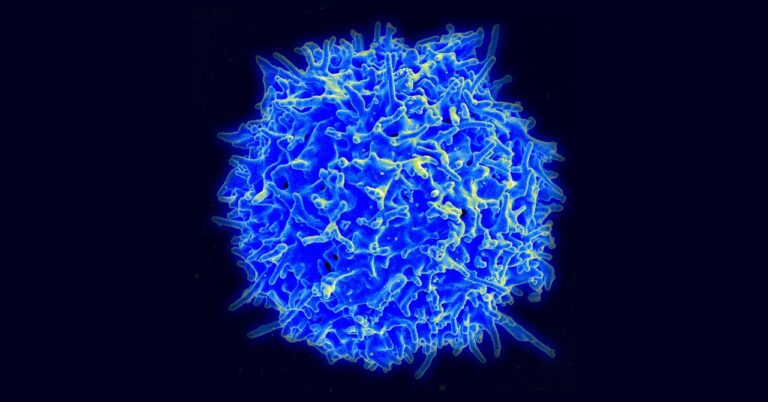
[ad_1]
In lupus, a type of autoimmune disease, the body’s natural defense system can’t tell the difference between its own cells and foreign ones, so it mistakenly attacks its own tissues and organs. The attackers are molecules called autoantibodies, which turn against the body instead of protecting it from invaders, like normal antibodies do. They trigger a cascade of inflammation throughout the body, leading to joint and skin problems, pain, fatigue, and even organ damage.
Now, German researchers report that they have harnessed lupus patients’ own cells to treat this disease. The sample size was small, but the results were notable: Five people who received an infusion of supercharged immune cells are now in remission from severe lupus after receiving the experimental treatment. The results appeared on September 15 in the journal Nature Medicine. “This is as close to a cure as I can see,” says Hoang Nguyen, senior scientific program manager at the Lupus Research Alliance, who wasn’t involved in the study. “They corrected the cells that produce antibodies against the body’s own tissues.”
The approach is known as CAR-T therapy, and it has been successfully used against some notoriously hard-to-treat cancers. But researchers have been speculating about its potential to treat autoimmune diseases for several years. The therapy involves modifying a patient’s T cells, a key component of the immune system, and turning them into assassins to efficiently seek out a specific target in the body. In this case, the target is B cells—the immune cells that make antibodies in healthy people and self-attacking autoantibodies in people with lupus.
Last year, the German team showed that one woman went into remission from severe lupus after CAR-T therapy. The new paper followed five other people who got the therapy.
To make the customized treatment, doctors removed T cells from patients, then genetically engineered them in the lab to recognize a protein called CD19. This protein appears on the surface of autoantibody-producing B cells. Scientists grew more of the modified T cells in the lab until they had enough for a therapeutic dose—around 50 to 100 million, depending on the patient’s weight. The modified T cells were then infused back into the patients to seek out and destroy their faulty B cells.
After about 100 days, the patients began to make new B cells—but these ones didn’t produce harmful autoantibodies. In fact, the autoantibodies had disappeared altogether. One of the treated individuals has been free of symptoms for 17 months—the longest follow-up period so far. The others have been in remission for five to 12 months. All of the patients have been able to go off the drugs they were taking to manage their illness, including immunosuppressants.
Lupus is a lifelong disease that has no cure. It affects an estimated 1.5 million people in the United States and 5 million people worldwide, many of them young women, according to the Lupus Foundation of America. Most patients are treated with steroids to tame the inflammation. Immunosuppressant drugs are also used, but these make the body more vulnerable to infection and often have unpleasant side effects. New antibody drugs, which aim to protect the body from attacking itself, are able to help some patients but not all.
[ad_2]